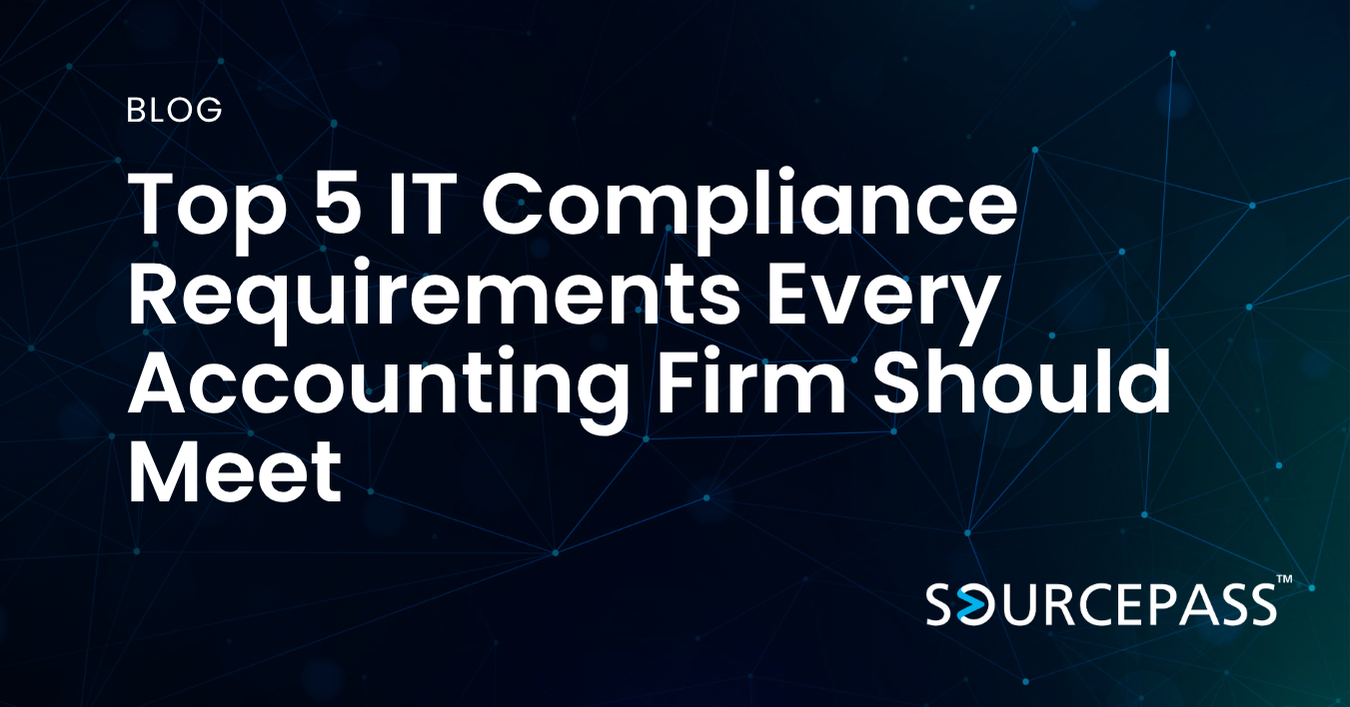5 Key Steps to Building Your First IT Roadmap
May 07, 2025 Alex Davis IT Services & Support 2 min read



If you're ready to think more strategically about your technology, congratulations — you’re already ahead of the curve. But moving from reactive tech decisions to a clear, business-aligned IT plan takes structure. That’s where an IT roadmap comes in.
How to Build an IT Roadmap
At Sourcepass, we help growing businesses build strong, strategic IT roadmaps every day. Here’s a simple, step-by-step guide to creating your first one.
Step 1: Assess Your Current State
Before you can plan for the future, you need to understand where you are today. This first step involves a detailed inventory of your current environment:
- Hardware and software systems
- Cybersecurity measures
- Support structure (internal IT staff, outsourced support, or a mix)
- Processes and workflows tied to technology
- Current pain points, bottlenecks, and risks
Goal: Build a baseline view of your strengths, weaknesses, and opportunities for improvement.
Step 2: Define Your Business Goals
An IT roadmap isn’t just about technology — it’s about supporting your business strategy. Identify your key business priorities over the next 1–3 years:
- Growth targets (new locations, headcount expansion)
- Customer experience improvements
- Operational efficiencies
- New services or products
- Compliance requirements
Goal: Connect IT improvements directly to real business outcomes.
Step 3: Develop the Future State Vision
Now that you know where you are and where you want to go, it’s time to design the future. This phase maps out what your ideal IT environment should look like to support your goals:
- Modern systems and cloud platforms
- Enhanced cybersecurity protections
- New tools to improve collaboration, remote work, or customer service
- Upgraded network infrastructure
- IT support structure that scales with your business
Goal: Paint a clear picture of what "good" looks like — so everyone’s aiming for the same target.
Step 4: Prioritize Projects and Build a Timeline
You won’t achieve your entire vision overnight — and that’s okay. Building an IT roadmap means breaking the journey into manageable phases. Prioritize initiatives based on:
- Business impact
- Urgency (critical risks or outdated systems)
- Budget availability
- Resource capacity
Create a phased timeline with realistic milestones for each project.
Goal: Deliver quick wins while making steady progress toward your larger vision.
Step 5: Plan for Training, Support, and Continuous Improvement
Technology change is also people change. Your roadmap should include:
- Training and support plans to foster adoption
- Budgeting for ongoing maintenance and upgrades
A process to review and update the roadmap regularly (every 6–12 months)
Goal: Make technology change smooth, supported, and sustainable over time.
Final Thoughts
Your first IT roadmap doesn’t need to be overly complicated — but it does need to be thoughtful, clear, and tied directly to your business priorities.
At Sourcepass, we make the process easy and collaborative. We work closely with you to understand your goals, assess your environment, and build a practical, phased roadmap that sets you up for success.
Get Started with Sourcepass
Let’s build an IT Roadmap that grows with your business.
Contact Sourcepass to speak with a Sourcepass Specialist to learn more!
Subscribe To
Sourcepass Insights
Sourcepass Insights
Stay in the loop and never miss out on the latest updates by subscribing to our newsletter today!
.png?width=500&height=100&name=White%20Logo%20-%20Transparent%20Tag%20(3).png)



